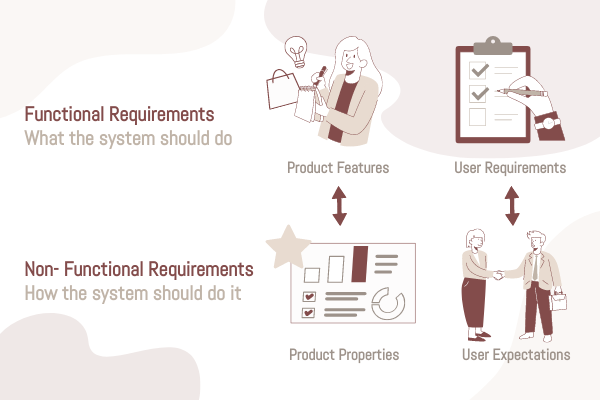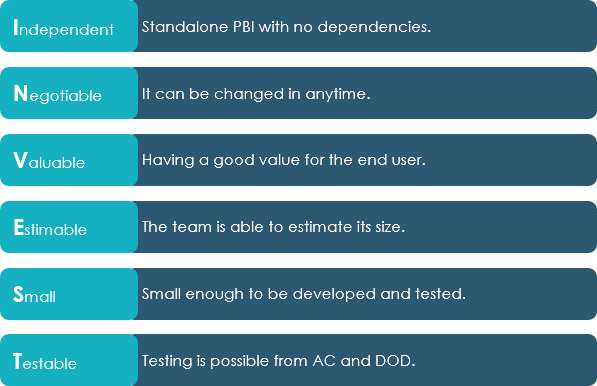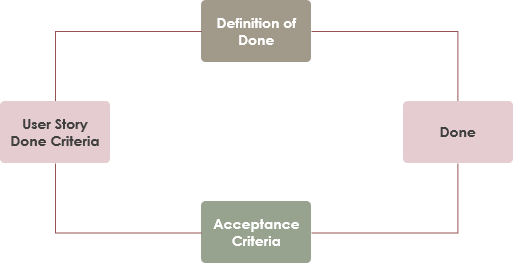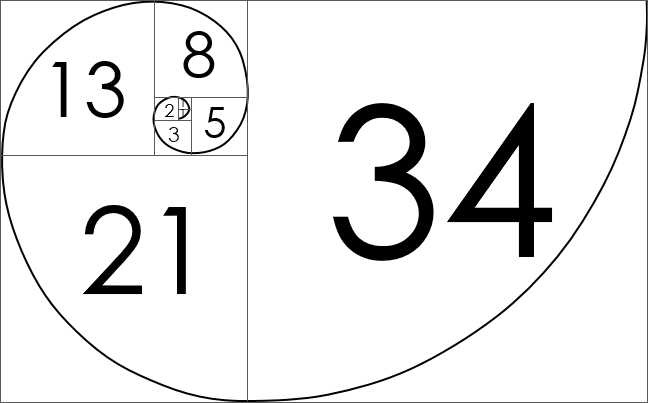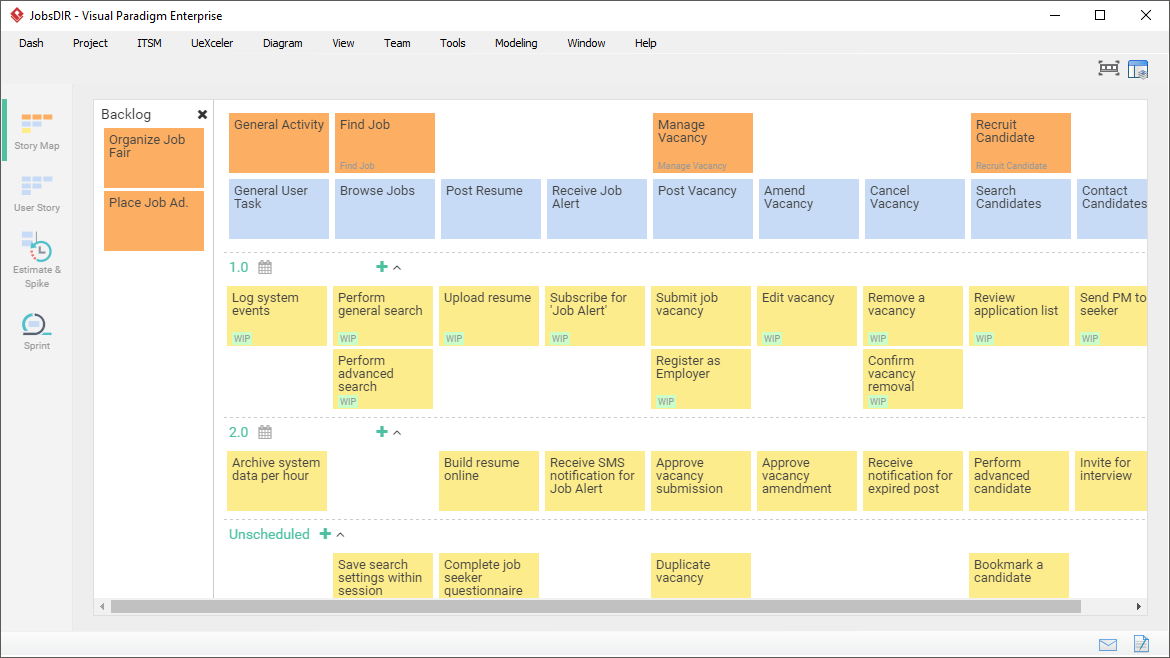Startups 101: Essential Strategies for Launching and Scaling Your Business – Discover essential strategies and insights for launching and scaling your startup. Learn about funding, marketing, team building, and other key aspects to successfully navigate the startup journey.
Continue reading

